We Will Rock You: The Life And Times Of Freddie Mercury
The world has a lot to thank Queen, and especially Freddie Mercury, for. He showed us that there aren't any rules in music while also giving us some of the most beloved sing-along songs and anthems ever recorded. There's a reason that he's considered as one of the most engaging and admired performers of all time. With his flamboyant performances, unique style, and his refusal to conform to social and musical norms, he changed music as we know it. He was so captivating that even other musicians (then and now) were some of his biggest fans. Learn about Freddie Mercury's rise to fame, his outlook on music, and what made him one of the most respected musicians of our time.
Born In Zanzibar
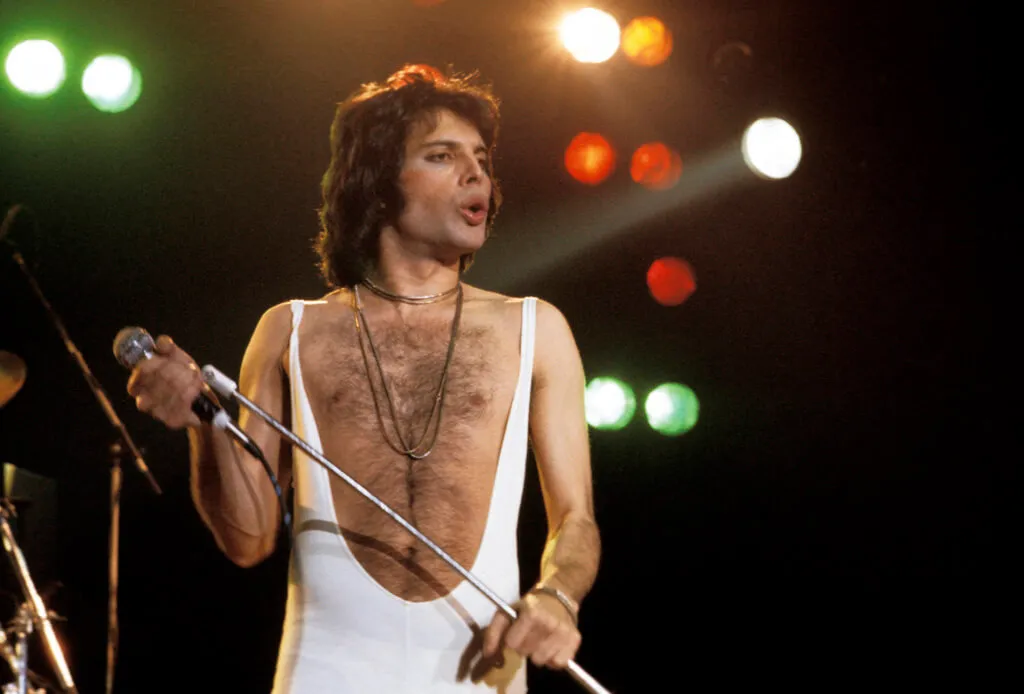
Freddie Mercury was born Farrokh Bulsara on September 5, 1946, in Stone Town in the British protectorate of the Zanzibar (which is now part of Tanzania). His parents were Parsis from the then-province of Bombay Presidency in British India. Growing up, Mercury practiced the Zoroastrian religion and began playing the piano when he was seven years old.
In 1954, when he was eight years old, he was sent to St. Peter's School, a British-style boarding school for boys in Panchgani, India. There, he continued to study and practice piano, developing a passion for music that would follow him for the rest of his life.
Mercury's First Band
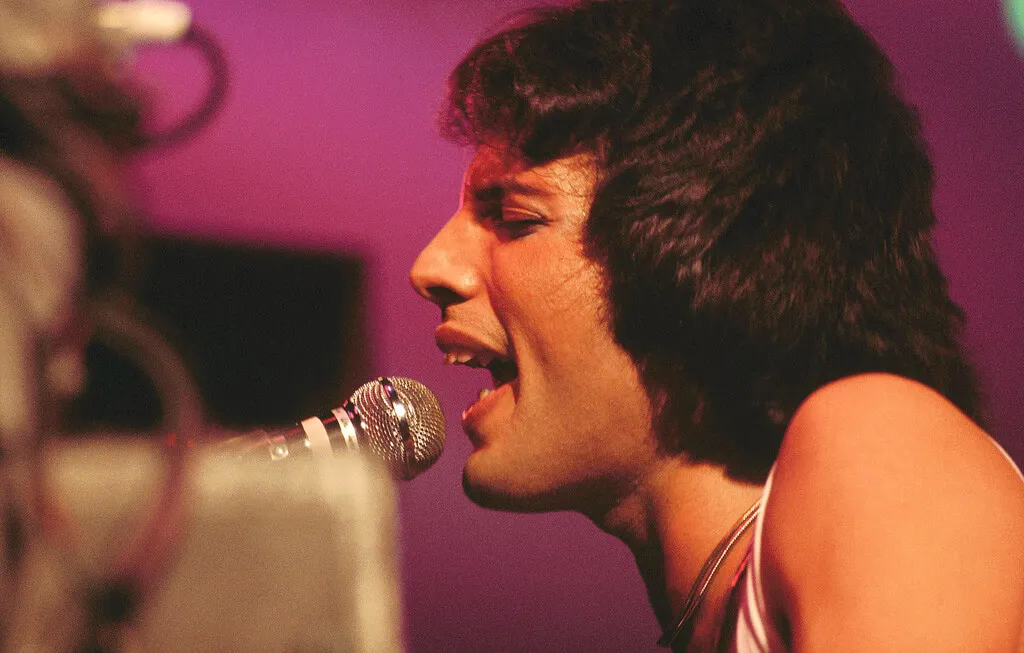
When he was 12, he started a school band called The Hectics. The band covered rock and roll artists such as Cliff Richard and Little Richard. While many believe that one of his most prominent influences during that time was the Bollywood singer Lata Mangeshkar, his former bandmate Farang Irani from The Hectics says otherwise.
Irani claimed that "The only music he listened to and played was Western pop music." A friend from the time also remembered that Mercury had "an uncanny ability to listen to the radio and replay what he heard on the piano." It was also during this time that he began to go by "Freddie" and moved back in with his parents in 1963.
Fleeing To England
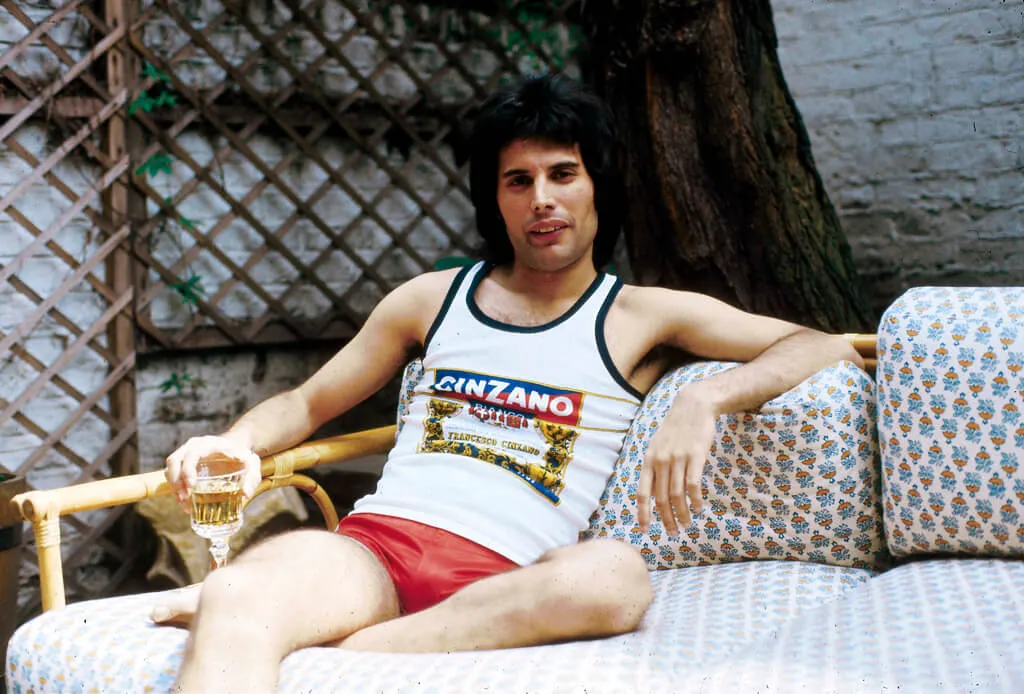
In 1964, at the age of 17, Mercury and his family moved to Middlesex, England to seek safety from the Zanzibar Revolution, in which thousands of Arabs and Indians were being killed. Mercury went on to attend Isleworth Polytechnic, where he earned a diploma in Art and Graphic Design at Ealing Art College.
After graduation, he spent some time selling second-hand clothes with his girlfriend in Kensington Market. He also worked at Heathrow Airport. Between 1969 and 1970, Mercury was involved in the bands Wreckage and Sour Milk Tea although neither saw much success.
The Beginning Of Queen
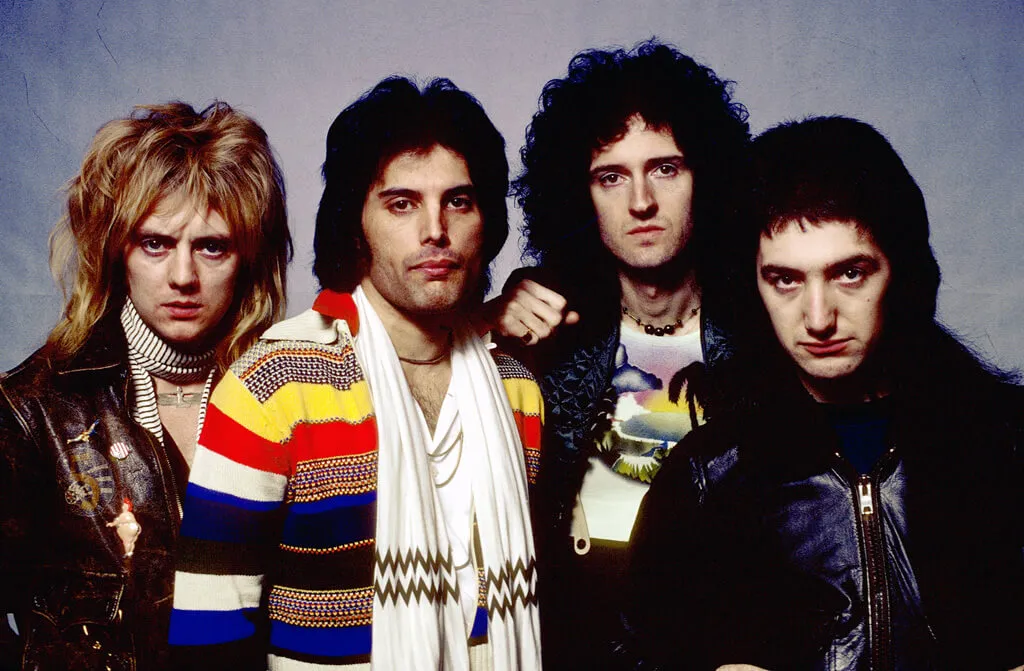
In 1970, Mercury teamed up with guitarist Brian May and drummer Roger Taylor, who had been playing together in a band called Smile. In 1972, they added bassist John Deacon to their ensemble, and their group was complete with Mercury as the frontman. However, against the wishes of the rest of the band and their first management Trident Studios, Mercury chose the name "Queen" for the group.
Mercury claimed that "It's very regal obviously, and it sounds splendid. It's a strong name, very universal and immediate. I was certainly aware of the gay connotations, but that was just one facet of it." It was around this time that he changed his last name from Bulsara to Mercury.
The Start Of A Successful Career
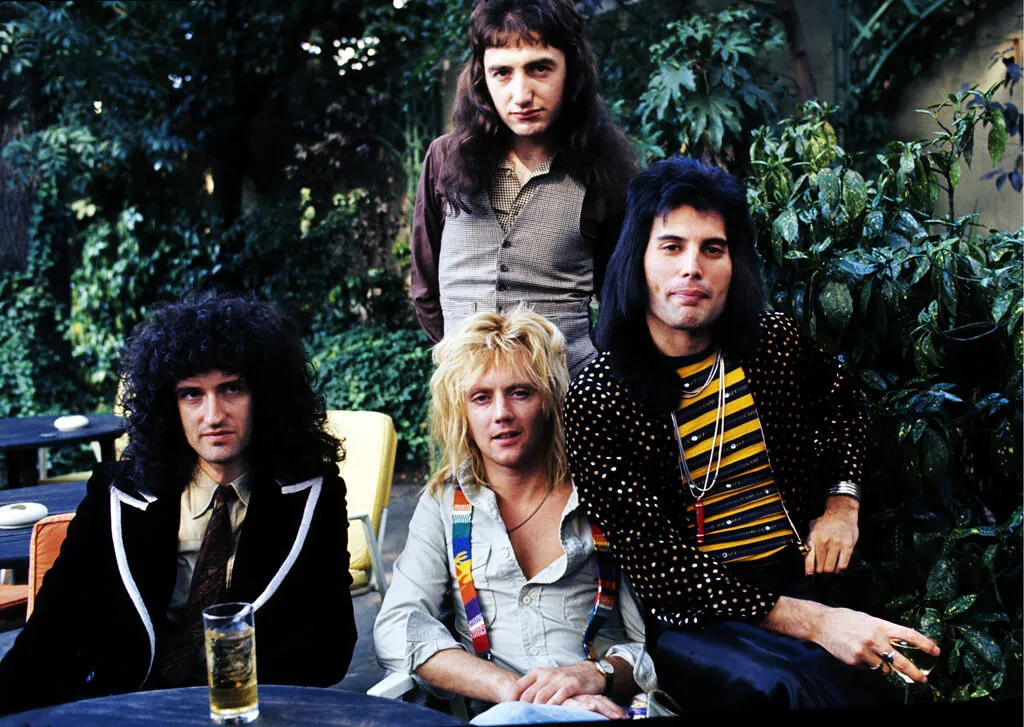
After Mercury used his graphic design skills to create the band's logo, the band released their debut self-titled album in 1973. However, it would take two more records for their music to finally catch the attention of the public. Their third album Sheer Heart Attack in 1974, featured their first hit song "Killer Queen."
The single went on to peak at No. 2 on the U.K. charts and at No. 12 in the United States. In 1975, the band reached further international success with their album A Night At The Opera. The album featured the song "Bohemian Rhapsody", which stayed at No.1 on the UK charts for nine weeks and is credited with popularizing music videos.
Taking The World By Storm
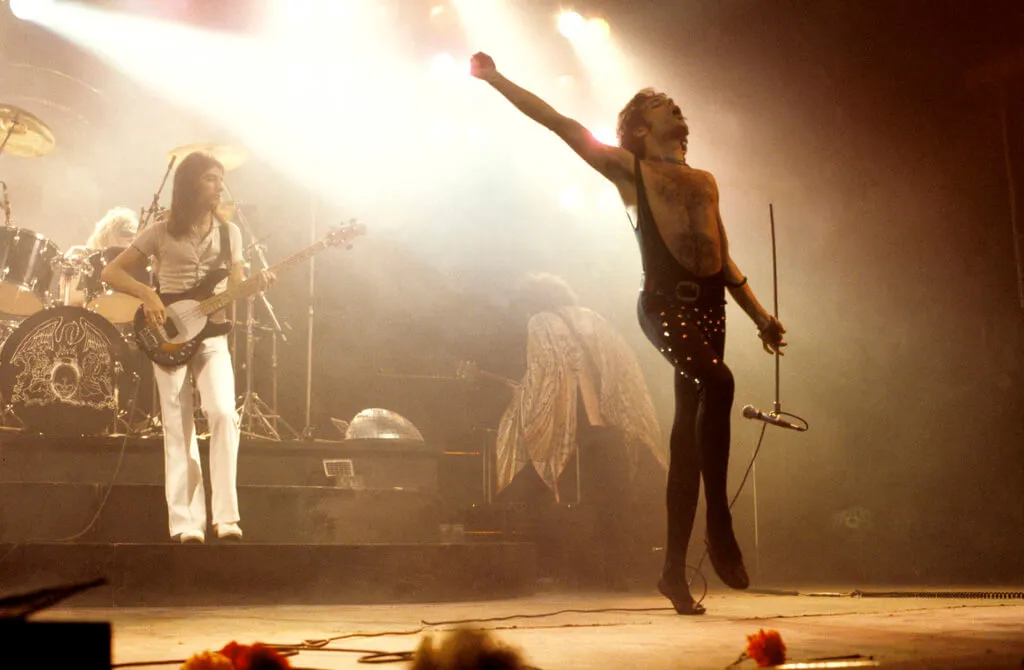
From the late 1970s and through the 1980s, Queen's popularity exploded across the world. Their track "We Are The Champions" off News of the World in 1978 became an immediate Top 10 hit in both the United States and the UK. Around the same time, they released "We Will Rock You" and today, both songs have become popular anthems played during sporting events.
Queen was also known for experimenting with their sound which is demonstrated in their album The Game in 1980. The album was a mix of tracks such as the disco-influenced song "Another One Bies The Dust" and the rockabilly track "Crazy Little Thing Called Love."
Freddie Mercury's Signature Style
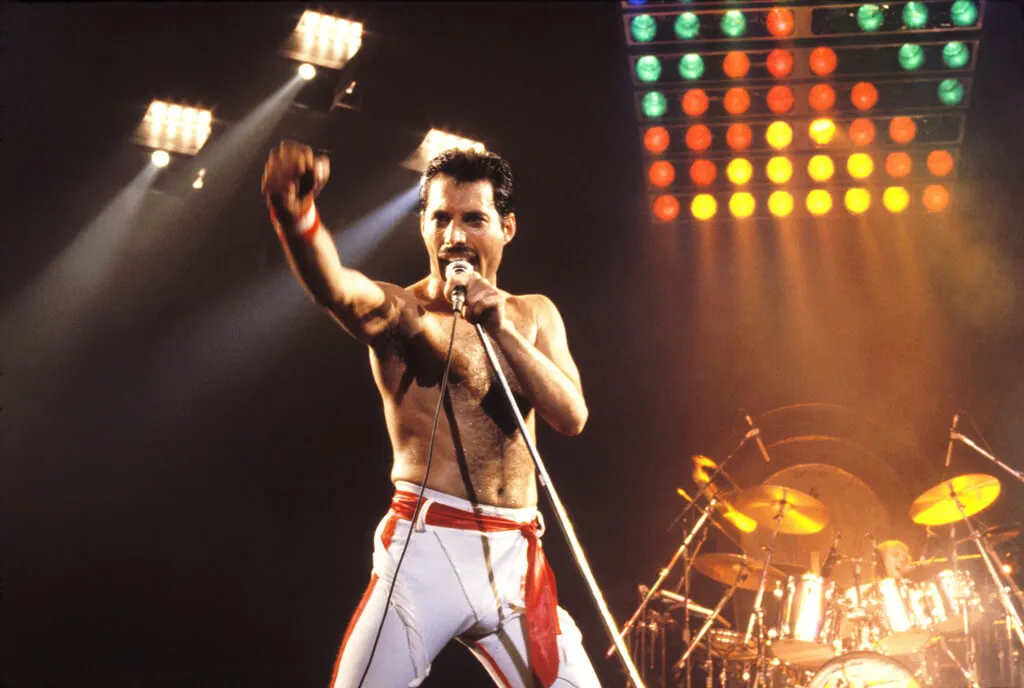
Mercury's speaking voice was well into the low baritone range. Yet, when he sang, it was usually mostly in the tenor range. His singing vocal range went from bass to high soprano, which separated him from other singers and gave him his own style of singing. Singer Montserrat Caballe commented on Mercury's voice, saying "the difference between Freddie and almost all the other rock stars was that he was selling the voice."
Other artists such as The Who singer Roger Daltry claimed that Mercury was "the best virtuoso rock 'n' roll singer of all time. He could sing anything in any style. He could change his style from line to line and, God, that's an art. And he was brilliant at it."
Mercury's Songwriting Abilities
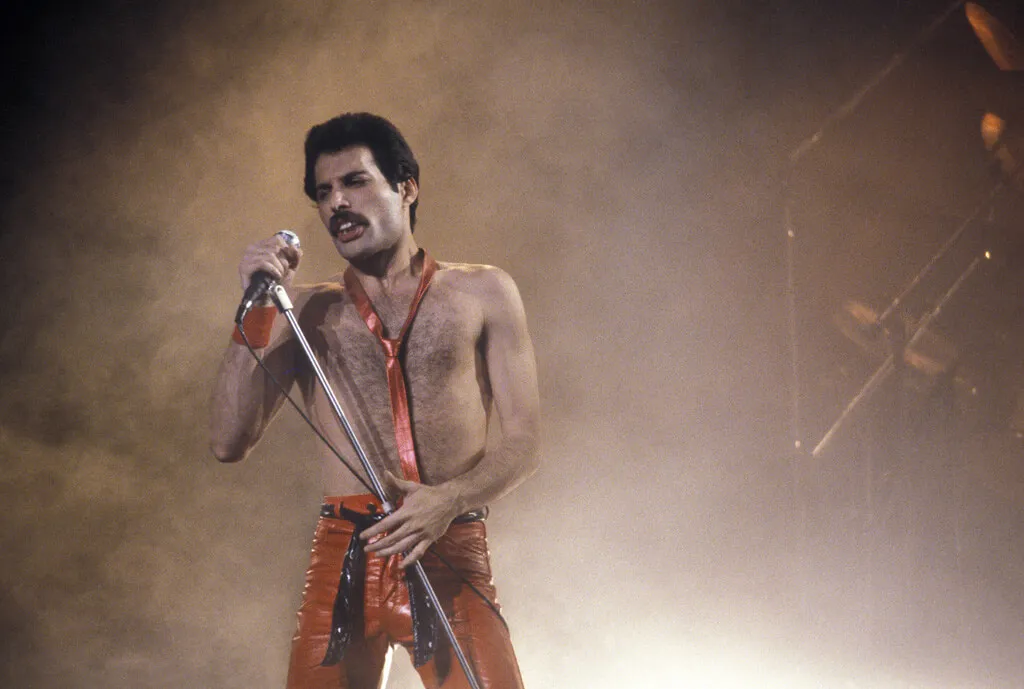
Freddie Mercury impressively wrote 10 of the 17 songs that appeared on Queen's Greatest Hits album. These songs included "Bohemian Rhapsody," Killer Queen," "Seven Seas of Rhye," Bicycle Race," and "Don't Stop Me Now," among others. His talent for songwriting led him to work with artists such as David Bowie, and together the two released the song "Under Pressure" which became a No.1 hit.
In 2003, Mercury was posthumously inducted into the Songwriters Hall of Fame for his extensive list of hit songs. Then, in 2005, he was posthumously awarded the Ivor Novello Award for Outstanding Song Collection from the British Academy of Songwriters, Composers, and Authors.
He Was A Master Of Genres
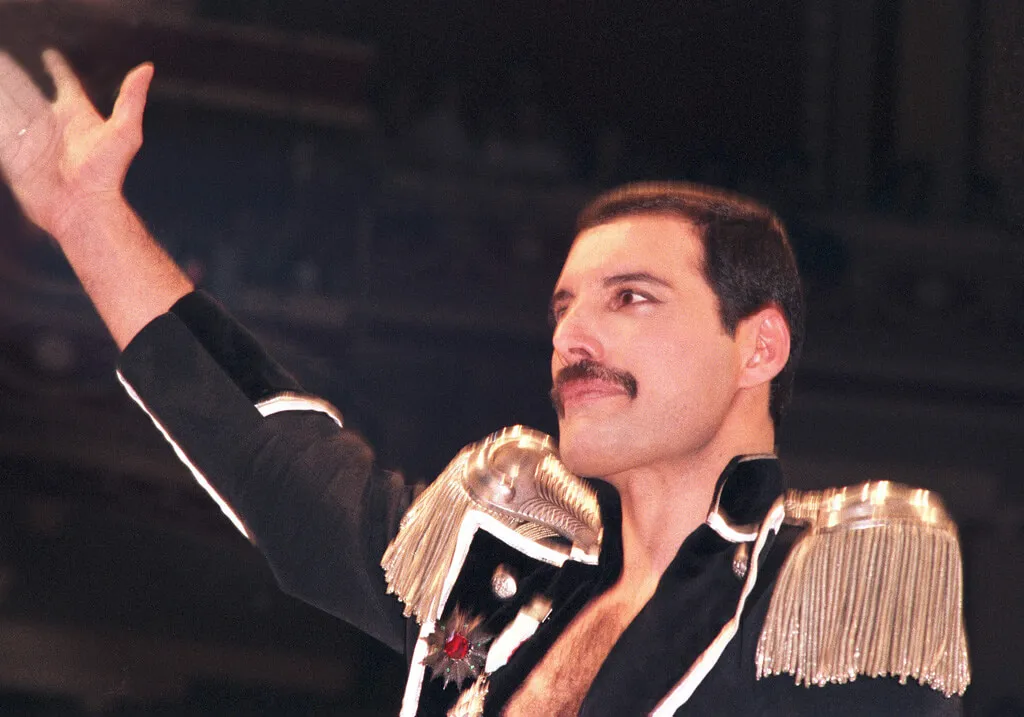
One of the most significant aspects of Mercury's music was his ability to play around with genres. It's hard to classify his music to any particular genre since he transitions between rockabilly, disco, progressive rock, heavy metal, gospel, and more. Not only was he known for blurring genres, but for writing incredibly complex songs.
Many of his songs have complicated time changes, with dozens of chords happening at once. One of the best examples of this is the track "Bohemian Rhapsody." Surprisingly, even though he was the mastermind behind most of these tracks, he could barely read music.
Mercury Moved The Crowd
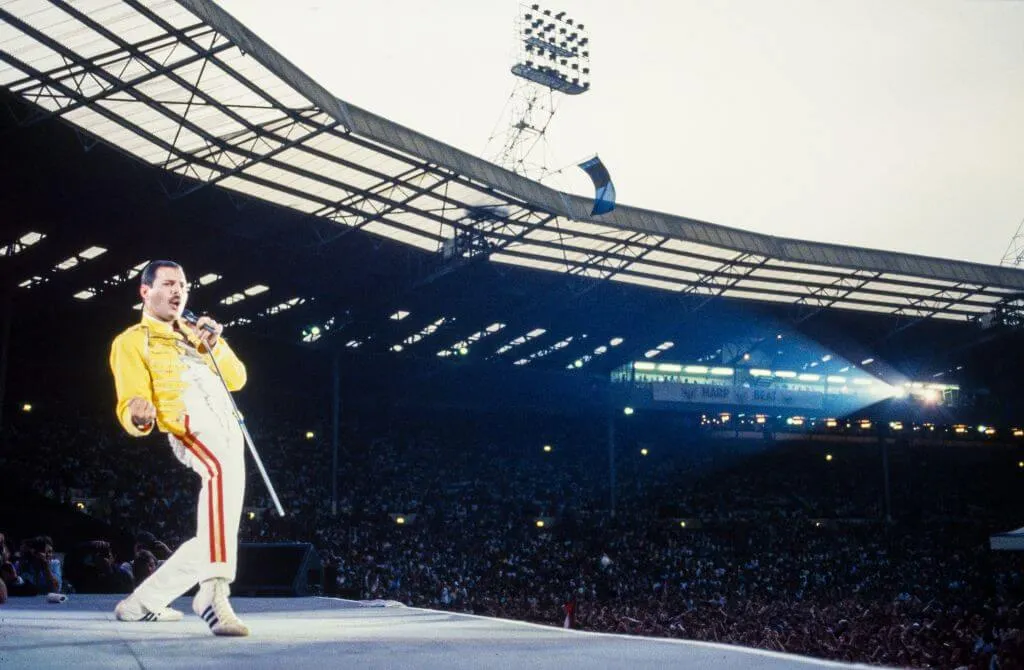
However, it wasn't just Mercury's singing/songwriting and the band's musical skills that made them into superstars. As a performer, David Bowie described Mercury by saying "Of all the more theatrical rock performers, Freddie took it further than the rest... he took it over the edge. And of course, I always admired a man who wears tights. I only saw him in concert once, and as they say, he was definitely a man who could hold an audience in the palm of his hand."
His energy and encouragement of crowd participation helped make Queen's shows nothing short of electric. In 1985, Mercury put on one of his most unforgettable shows with Queen at the Live Aid charity concert. The performance has been ranked as the greatest live performance in rock and roll history.
Rocking Around The World

Over the course of his music career, it is estimated that Freddie Mercury played over 700 concerts all over the world with Queen. However, these were rarely typical concerts. A Queen concert usually entailed large-scale show in a stadium of some kind. Queen was the first band to ever play in South American stadiums, breaking attendance records while touring.
In 1986, the band even played behind the Iron Curtain for a crowd of over 80,000 in Budapest, becoming one of the biggest rock concerts ever in Eastern Europe. Mercury's final live performance with Queen was for a crowd of around 160,000 at Knebworth Park in England in which the band played "God Save The Queen" as their final act. Mercury wore a robe and crown during the performance.
The Real Meaning Behind "Bohemian Rhapsody"
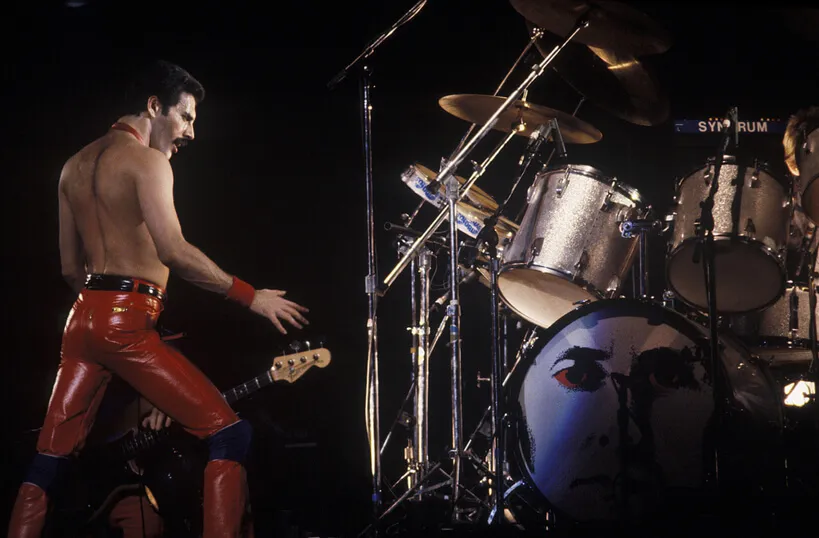
Bohemian Rhapsody is arguably one of the greatest songs of all time. The nearly-six-minute track was released on Halloween 1975 and soon became a cult classic all over the world. To this day, visit any dive bar or karaoke joint and you'll likely find at least someone belting out the tune...or trying to at least.
The hit became popular likely thanks to how unusual it is. It's a thrilling mix of pop, rock, symphonic, and progressive beats with piano ballads and guitar solos to boot. But what is the meaning behind the favorite? According to Freddie Mercury, not much! When the Queen frontman was asked what the song means, he replied, "It bears no real meaning, it's all rhyming nonsense."
More Than Just A Singer
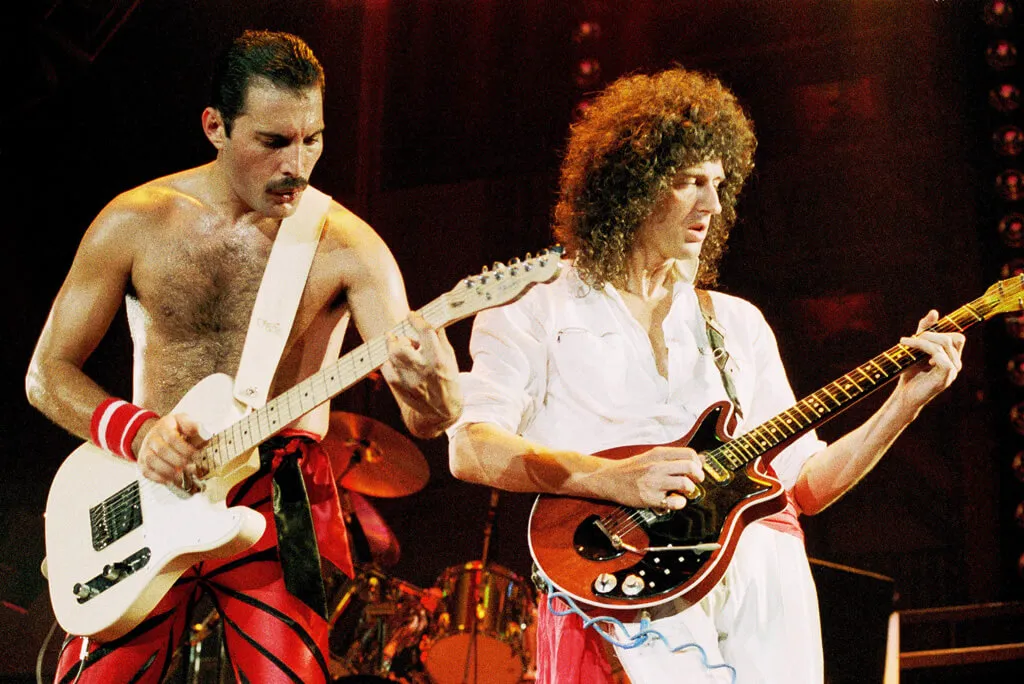
While Mercury may best be remembered for his impressive vocal skills, he was also a multi-instrumentalist. While he began learning to play the piano at a young age, he found his love for guitar after moving to England as a teenager. However, he was always self-conscious about playing instruments. Although he played the piano for some of Queen's most technical songs such as "Don't Stop Me Now" and "Bohemian Rhapsody," he began to use the instrument less and less live.
He didn't want to be restricted and wanted to walk around and interact with the audience. Furthermore, even though he wrote much of the music for the guitar, he rarely played it because he felt he was only proficient. So, he would only play rhythm guitar occasionally on stage.
He Still Had Success With His Solo Career
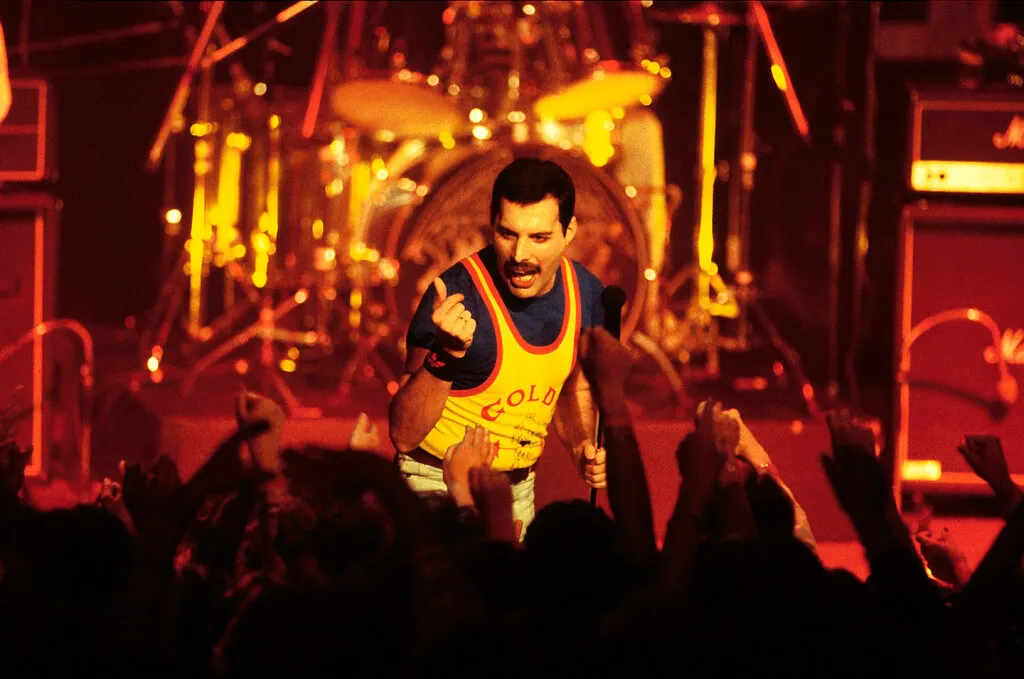
Along with his work in Queen, Freddie Mercury also enjoyed a solo career that consisted of two albums and numerous singles. Although his solo work wasn't as successful as Queen, many of his singles and the two albums both made it to the Top 10 of the UK charts. His first album Mr. Bad Guy was released in 1985 and was commended for its success despite not sounding like anything that Queen had done before.
His second album Barcelona had elements of popular music and opera featuring the Spanish singer Montserrat Caballe. The record still did well regardless of the fact that someone called it "the most bizarre CD of the year." While working on his solo projects, Mercury also worked with artists such as Michael Jackson, Billy Squire, and Mick Jagger.
Relationship With Kenny Everett
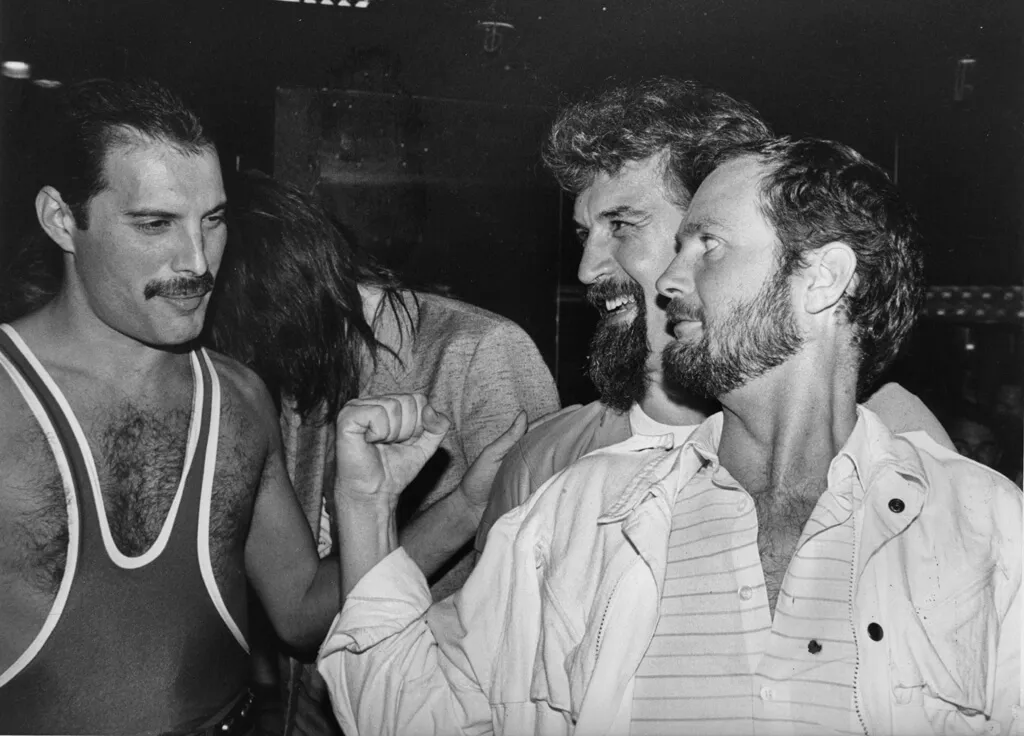
A friendship began between Mercury and Radio DJ Kenny Everett after he invited the Queen frontman onto his breakfast show in 1974. They shared a lot in common and became fast friends, bonding over their love for entertaining. Everett is also one of the reasons for "Bohemian Rhapsody's" success, playing it anyway after the station said that it was too long to play on air.
Throughout the 1970s, two became closer and became each other's mentors, with Mercury helping Everette accept his homosexuality. Although they were never lovers, they experimented with homosexuality and drugs, going out in London together frequently.
Debate Over Sexual Orientation
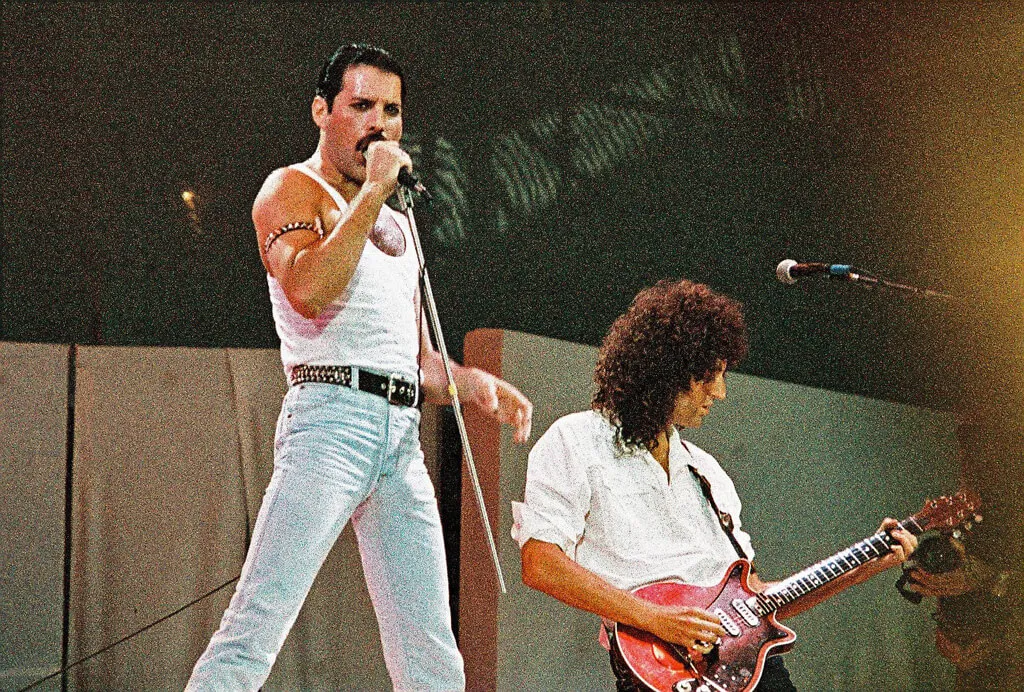
Freddie Mercury's sexual orientation has been a heavily debated topic since he first came into the limelight. While some claim that Mercury hid his sexual orientation from the public, others argue that he was "openly gay." When asked about being gay by the New Musical Press, he responded by saying "You're a crafty cow. Let's put it this way: there were times when I was young and green. It's a thing schoolboys go through. I've had my share of schoolboy pranks. I'm not going to elaborate further."
John Marshall of Gay Times stated that "[Mercury] was a 'scene-queen,' not afraid to publicly express his gayness, but unwilling to analyze or justify his 'lifestyle'..." Towards the end of his life, he had a long-term partner named Jim Hutton, although they kept their relationship private.
Freddie's Personality Off The Stage
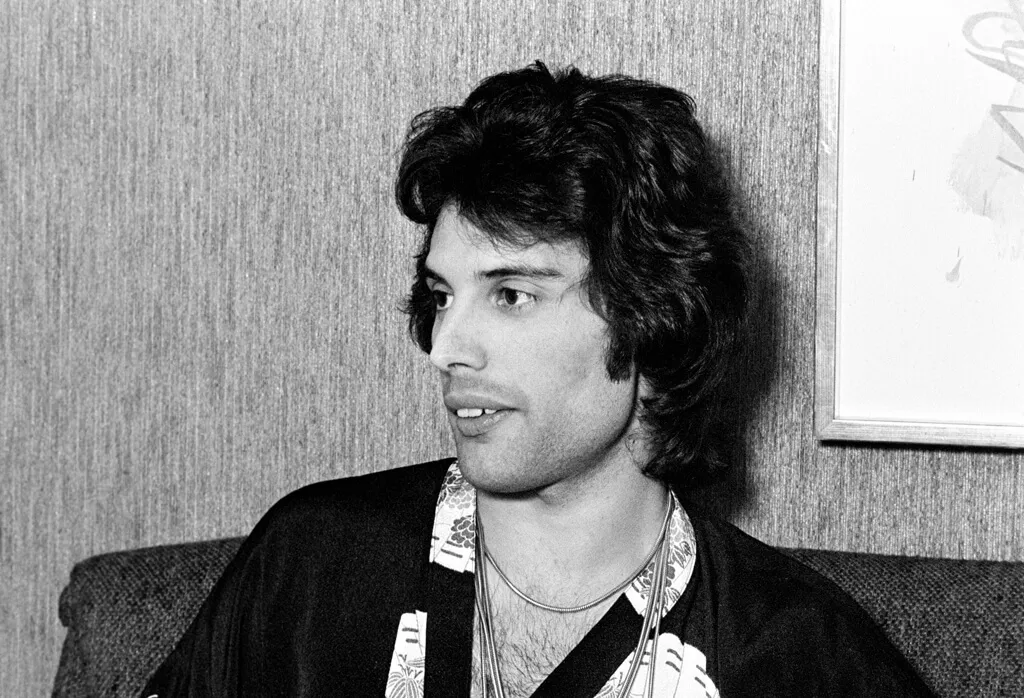
Believe it or not, although Freddie Mercury was known for taking command of the stage and audience, he was a somewhat shy individual off stage. When he wasn't performing, he preferred to not be in the spotlight and was rather reserved around people that he wasn't comfortable with. He rarely gave interviews because they made him feel uncomfortable and he liked his privacy.
On himself, he once said that "When I'm performing I'm an extrovert, yet inside I'm a completely different man." Kurt Cobain's suicide note even discussed Cobain's resentment of Mercury's ability to make the audience love him and for him to love them back.
Freddie Mercury Had a Long-Term Relationship With a Woman
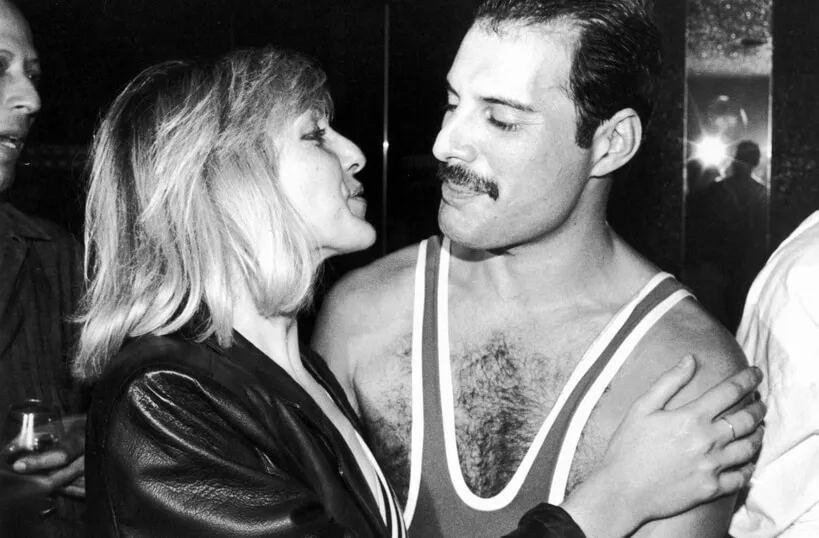
Any fan of music from the ‘70s and ‘80s knows how hotly debated Freddie Mercury’s sexuality was. The artist wasn’t shy about his sexuality and became an icon in the LGBT community. But although Mercury was romantically tied to many men throughout his life, he did have a long-term relationship with a woman.
In the early ‘70s, Mercury dated a woman named Mary Austin who had been a close friend of his for years. The pair didn’t last as a couple but remained so close that when he passed, Austin was left most of his money, as well as his house and recording royalties.
Freddie Mercury and The Bottomless Mic
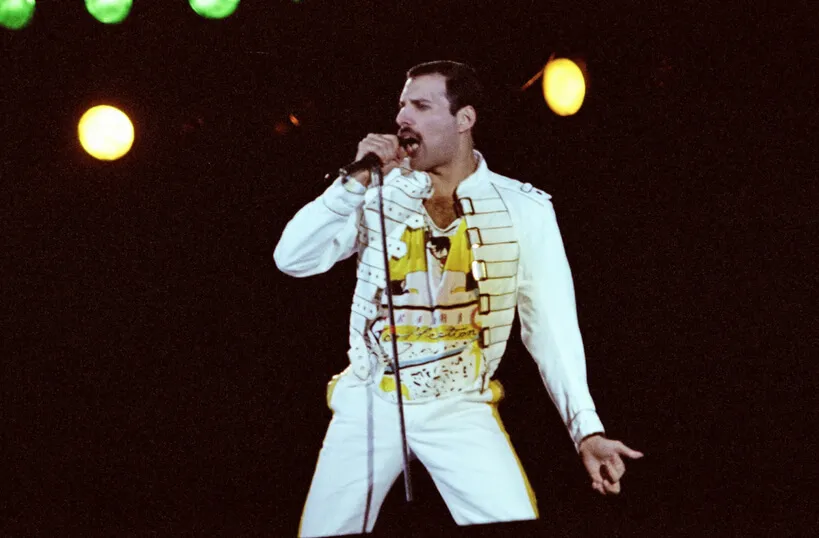
One of Freddie Mercury’s many trademarks was the “bottomless mic” that he often performed with. While his mic preference became something he was known for, it wasn’t exactly an intended quirk. During a show early on in Mercury’s career, his mic stand snapped in half midway through a show.
Rather than going through the trouble of having it replaced, he kept the mic with the broken stand and used it as is. The rock star liked it, and apparently, the fans did too, as it essentially became part of his image.
He Wrote a Song For His Cats
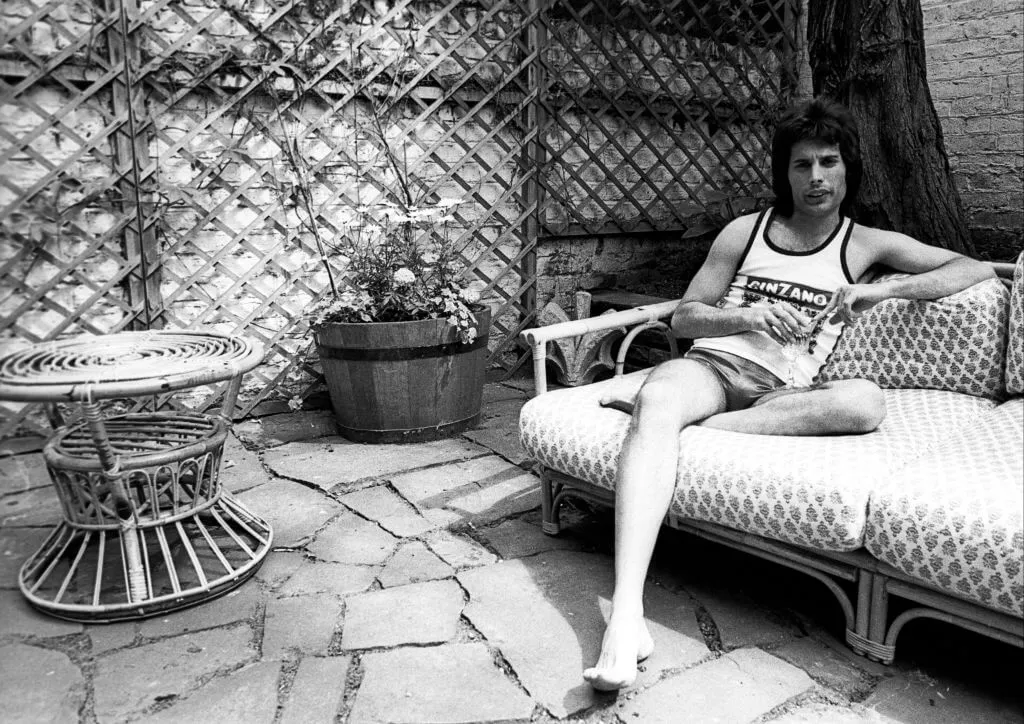
Freddie Mercury was known for his iconic tunes and prowess on stage, but in his regular life, Mercury was a normal person, just like us...sort of. One surprising fact about Mercury is that he was borderline obsessed with cats. In fact, he had as many as 10 feline friends at one point. He loved his cats so much that he even wrote a song about them. Listen closely to the lyrics in “Mr. Bad Guy” and you’ll get the feline vibes. Here’s a snippet:
Delilah, Delilah, oh my, oh my, oh my - you're irresistibleYou make me smile when I'm just about to cryYou bring me hope, you make me laugh - you like itYou get away with murder, so innocentBut when you throw a moody you're all claws and you bite -That's alright !
He Had An Incredible Singing Range
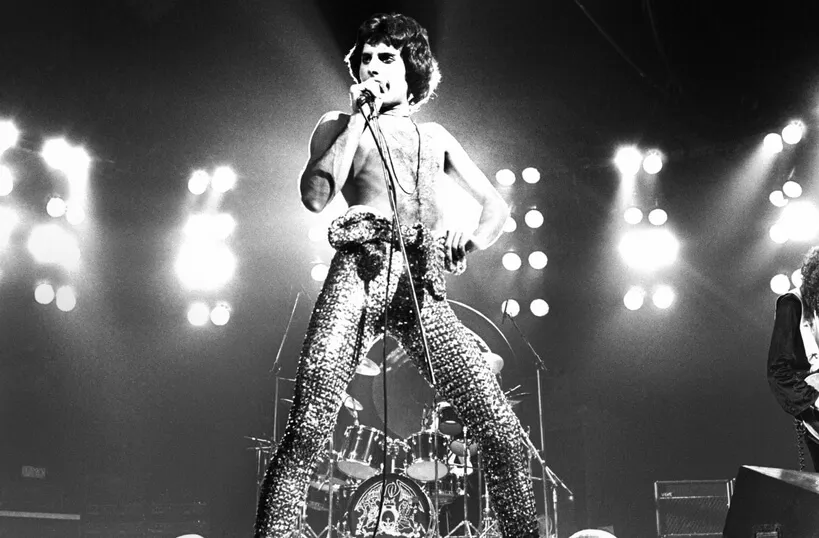
You does not need us to tell you that Freddie Mercury had an incredible singing range, but many fans does not realize just how insane it truly was. Mercury had a recorded range of three octaves and at times he nearly reached four octaves. To put this in perspective, Mariah Carey has been recorded at five, but considering she’s a female soprano, this isn’t surprising (although we still gotta give it up for our girl, obviously).
What’s also interesting is that Mercury was more of a baritone when he spoke. If you didn’t know any better, you might not realize that man you were talking could had the pipes to sing high hits like “Under Pressure.”
Rumors Of An Illness
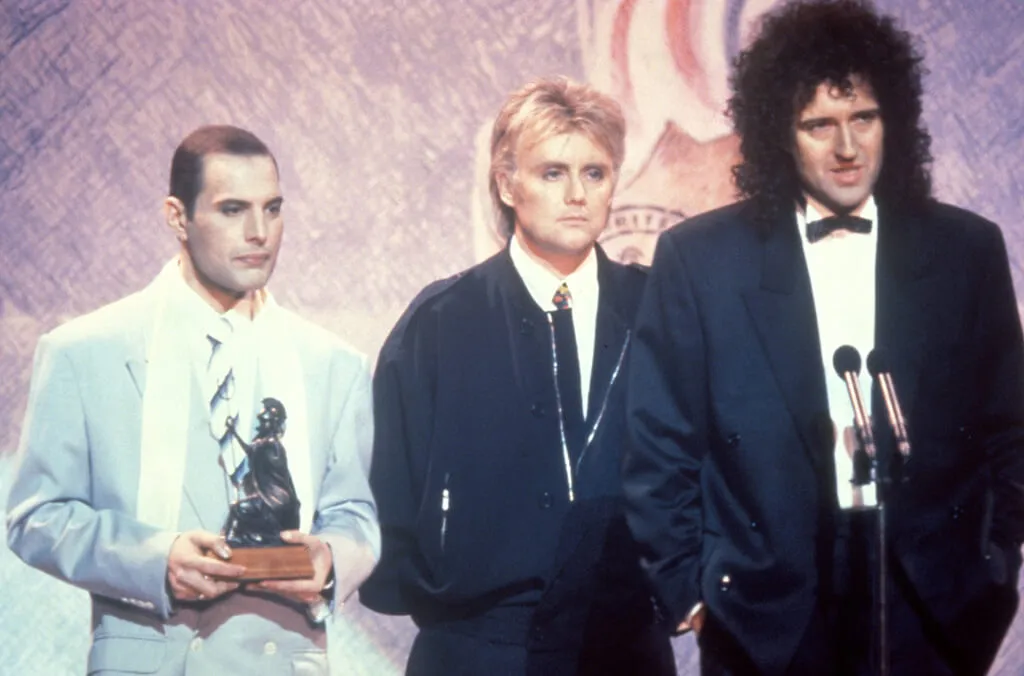
In October 1986, the British Press reported that Mercury had been tested for HIV/AIDS at a Harley Street Clinic. When Mercury was asked about the rumor, he denied that he had the disease. As rumors continued to spread, he then claimed to have tested negative for HIV. However, according to his partner Jim Hutton, Mercury had been diagnosed with AIDS in 1987. The rumors continued to spread as Mercury began to look weak and gaunt and took a break from touring.
Finally, it seemed clear that he was ill after his appearance on stage with Queen at the 1990 Brit Awards when the band received the award for Outstanding Contribution to Music. Yet, Mercury and those close to him continued to deny the rumors that he was sick as he was stalked by paparazzi who were in search for the answer.
Didn't Let His Illness Get Him Down

Several months after discovering that he had contracted HIV. Mercury decided to throw himself a little birthday party. He celebrated his 4qst birthday at the Pikes Hotel in Ibiza. After learning about his illness, Mercury spent a lot of time at the hotel and grew close to the owner Anthony Pike.
Mercury's birthday party was described as "the most incredible example of excess the Meditteranean had ever seen." There were over 700 people in attendance and over 32 glasses were broken. The entire check was also handed off to Queen's manager. Freddie's party showed that he wasn't going to let his illness get in the way of enjoying life.
Freddie Mercury Was Influenced By The Greats
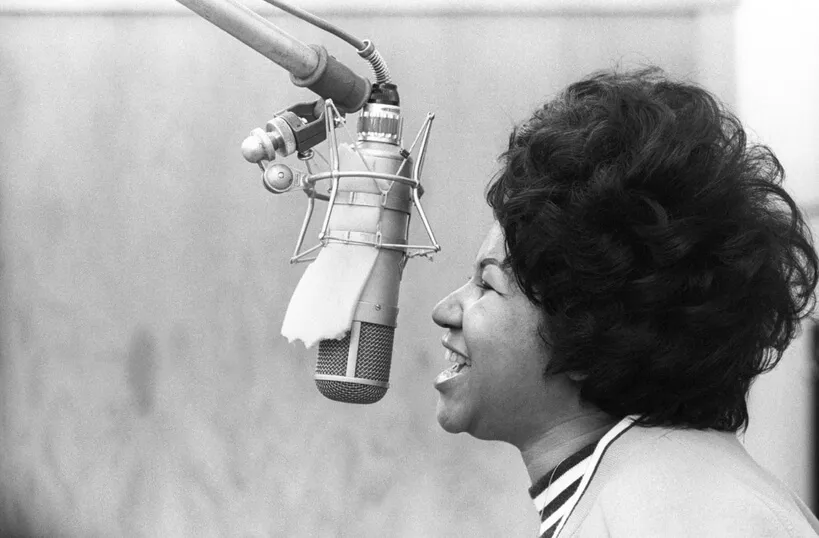
Your favorite musicians inspire you, but have you ever wondered who inspires your favorite musicians? For Freddie Mercury, when he needed some inspiration, he turned on some of the greats — mainly the likes of Aretha Franklin and Jimi Hendrix.
Aretha Franklin was one of the Queen frontman’s biggest role models. He was moved by her success as a soul singer and was influenced by the female powerhouse to write songs of a religious nature. One of Mercury’s biggest hits, “Somebody to Love” was directly inspired by Franklin. Mercury was even buried with lyrics of Franklin's as you'll soon read.
Mercury's Untimely Death
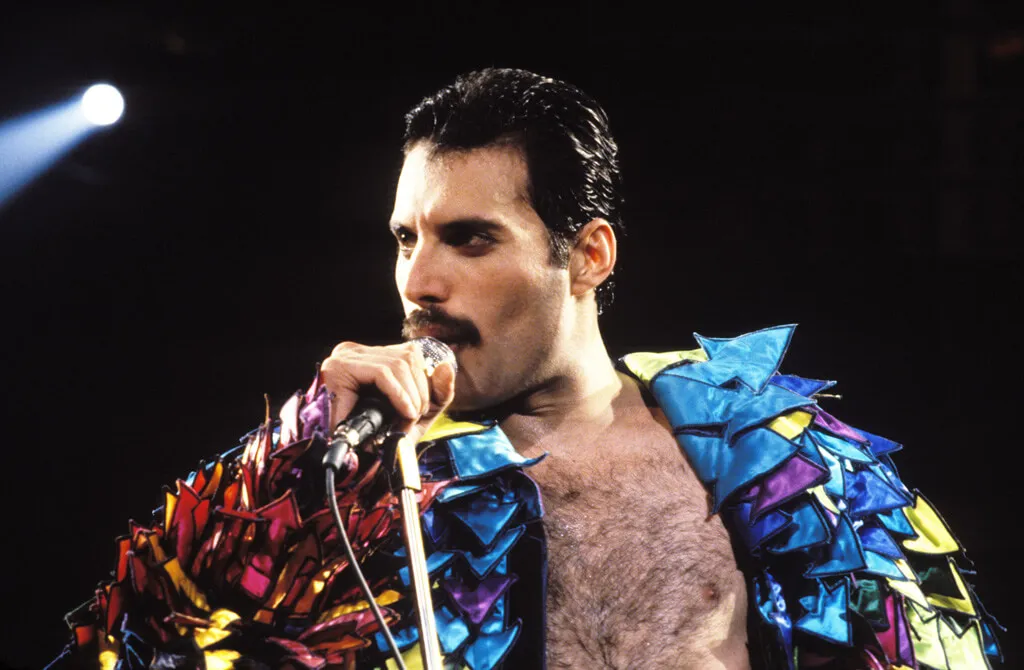
After finishing his work with Queen in 1991, he retired at his home in Kensington, West London. Here, his health began to deteriorate rapidly as he began to lose his sight and could no longer get out of bed. He then released a statement to the public stating "Following the enormous conjecture in the press over the last two weeks, I wish to confirm that I have been tested HIV positive and have AIDS."
The statement continued, "I felt it correct to keep this information private to date to protect the privacy of those around me." On November 24, 1991, just 24 hours after releasing his statement, Freddie Mercury died at the age of 45. He was at home and had succumbed to bronchial pneumonia, resulting from AIDS.
35 Of Mercury's Closest Friends and Family Attended His Funeral
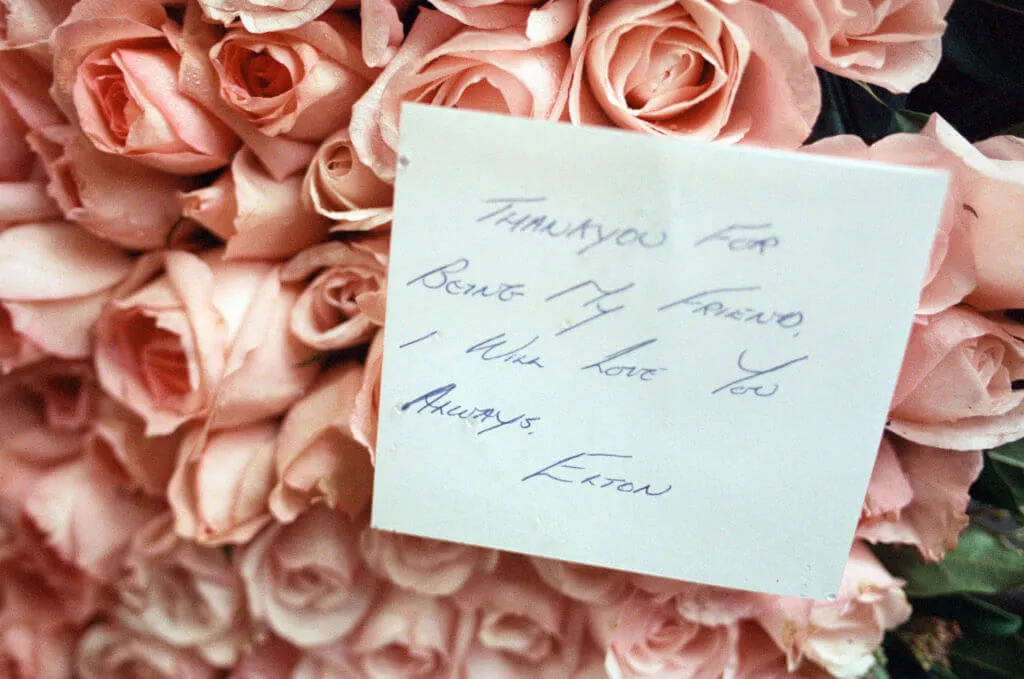
Freddie Mercury's funeral service was at West London Crematorium and was conducted by a Zoroastrian priest. His family and 35 of his closest friends were in attendance including the remaining members of Queen, as well as Elton John.
His coffin was carried in a procession while the song "Take My Hand, Precious Lord"/"You've Got A Friend" by Aretha Franklin. Mercury's long-time friend Mary Austin received his ashes as Mercury had wished and placed them in an undisclosed location. Austin later said she'll never reveal where she buried them.
Mercury's Popularity Only Continued After His Death

After his death, Queens album sales saw a great increase, as they had been struggling by the end of the 1980s. In 1992, an American critic wrote that "What cynics call the 'dead star' factor had come into play—Queen is in the middle of a major resurgence."
Then, after the 1992 movie Waynes, Wolrd featured the song "Bohemian Rhapsody" which exposed younger viewers to Queen's music that may not have heard it before. By 2004, Queen had sold 34.5 million records in the United States, around ha;f of them had been sold after Mercury's death.
Freddie Mercury's Incredible Legacy
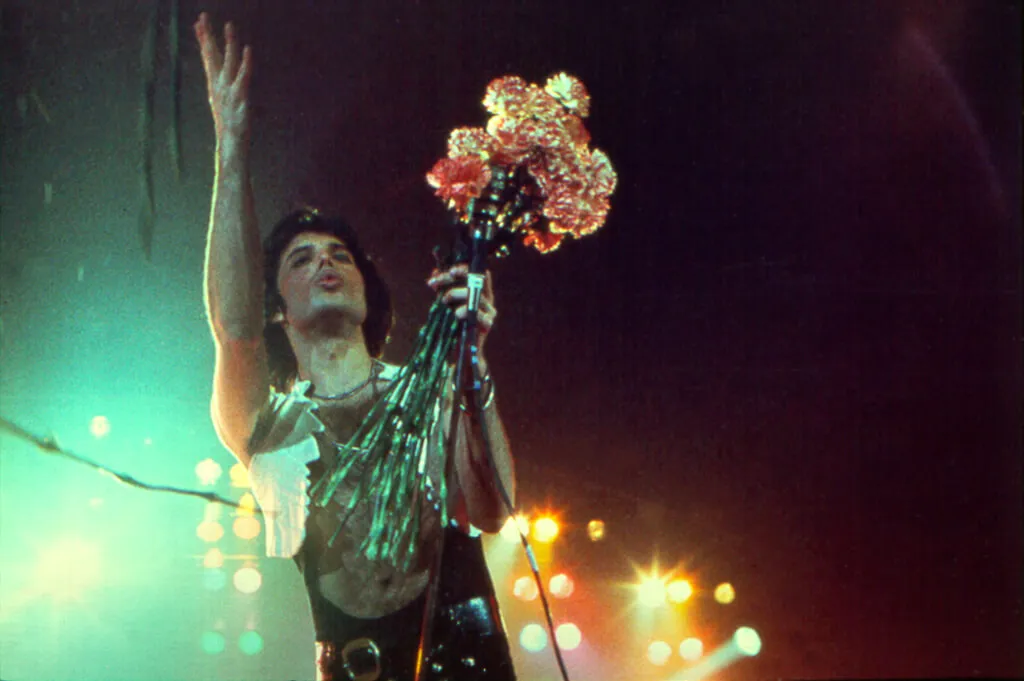
Freddie Mercury was the first internationally famous rock star to pass away from AIDS. It helped to raise awareness about the disease and Queen came together to establish The Mercury Phoenix Trust which has raised millions for AIDS research. Furthermore, they organized The Freddie Mercury Tribute Concert For AIDS in 1992 to celebrate his life and raise money for the disease.
Since his death, he is ranked as one of the 100 Greatest Britons of All Time, one of Japan's 100 Most Influential Heros, and is included in the 100 Most Influential Gay Men and Lesbians. In 2011, he was voted second in Rolling Stone's Best Lead Singers of All Time. He's still remembered and adored by fans and admirers to this day.
The Tribute Concert Was Held In Front Of 72,000 People
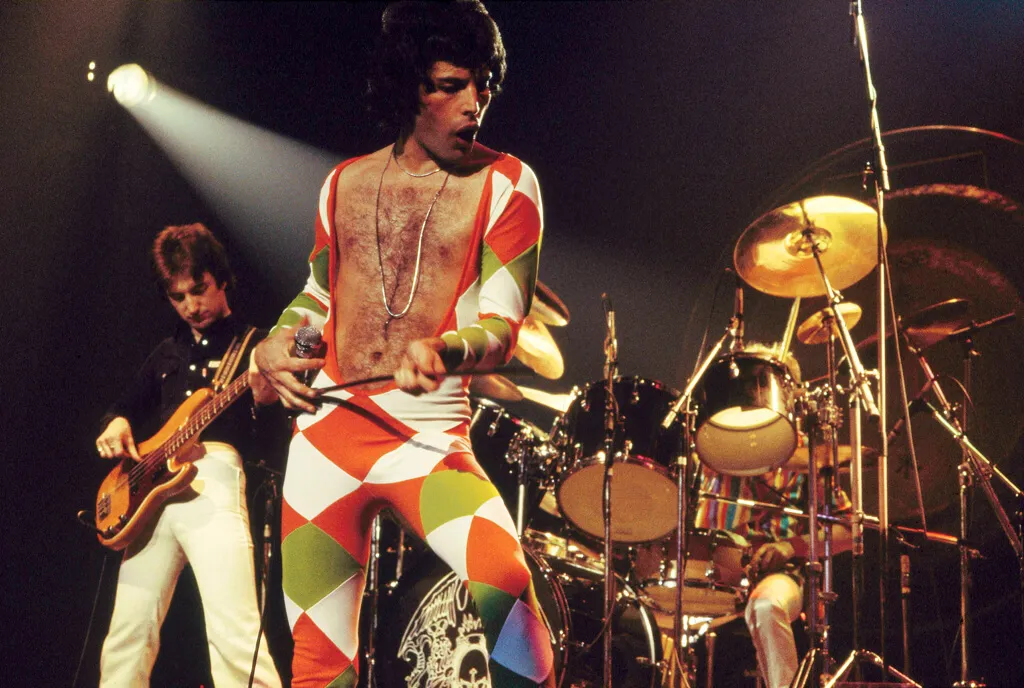
The Freddy Mercury Tribute Concert was held at London's Wembley stadium for an audience of 72,000. The show also featured a range of other guests such as Robert Plant, Roger Daltry, Extreme, Elton John, Metallica, David Bowie, Annie Lennox, Tommy Lommi, Guns N' Roses, Elizabeth Taylor, and many others.
Elizabeth Taylor gave a speech saying that Mercury was an extraordinary rock star who rushed across our cultural landscape like a comet shooting across the sky." The concert was broadcasted live in 76 countries to an audience believed to be around 1 billion people.
Elton John Started a Charity In Freddie Mercury's Honor
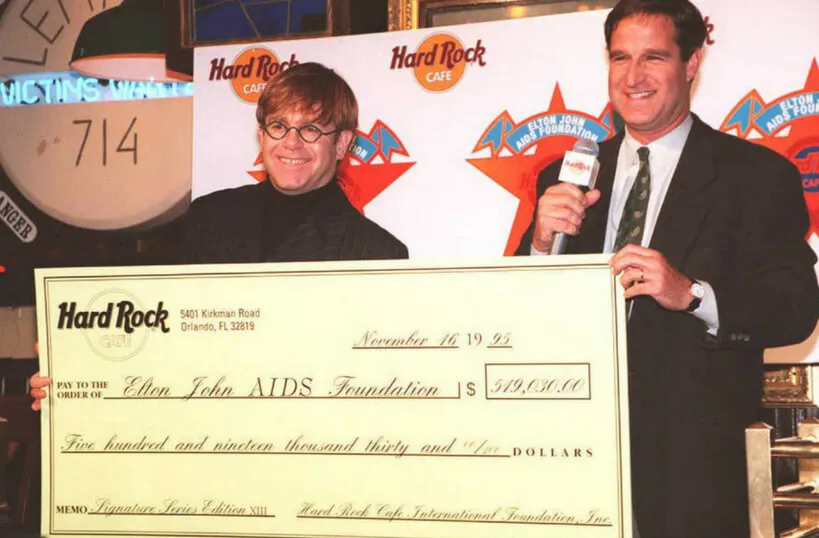
Freddie Mercury and John Elton were close friends, so when the Queen frontman passed away, John wanted to pay tribute to his friend in a meaningful way. John created the Elton John AIDS Foundation.
The foundation has now been helping the cause for more than 25 years and is one of the largest and most respected charities in the field. The group works to provide those suffering from HIV or AIDS with the means to protect themselves. The group also provides access to medicine and other aide and believes everyone is entitled to dignity, respect, and compassion.
Queen Still Holds Numerous Records
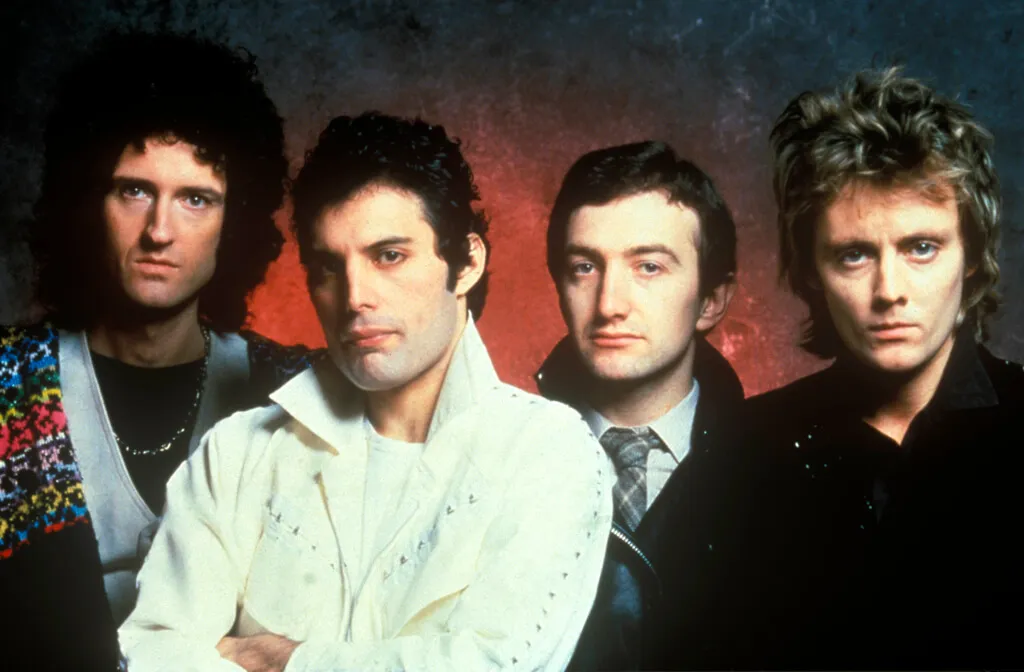
Today, the estimation for the amount of Queen records sold worldwide is around 300 million. In the United Kingdom, Queen has spent more weeks on the UK Album Charts than any other band including the Beatles. In addition, Queen's Greatest Hits album is the United Kingdom's top-selling album of all time.
In polls by Sony Ericsson and Guinness Book of World Records, "We Are The Champions" and "Bohemian Rhapsody" have been voted as two of the greatest songs of all time. Both songs are also in the Hall of Fame.
Freddie Mercury Designed The Queen Logo
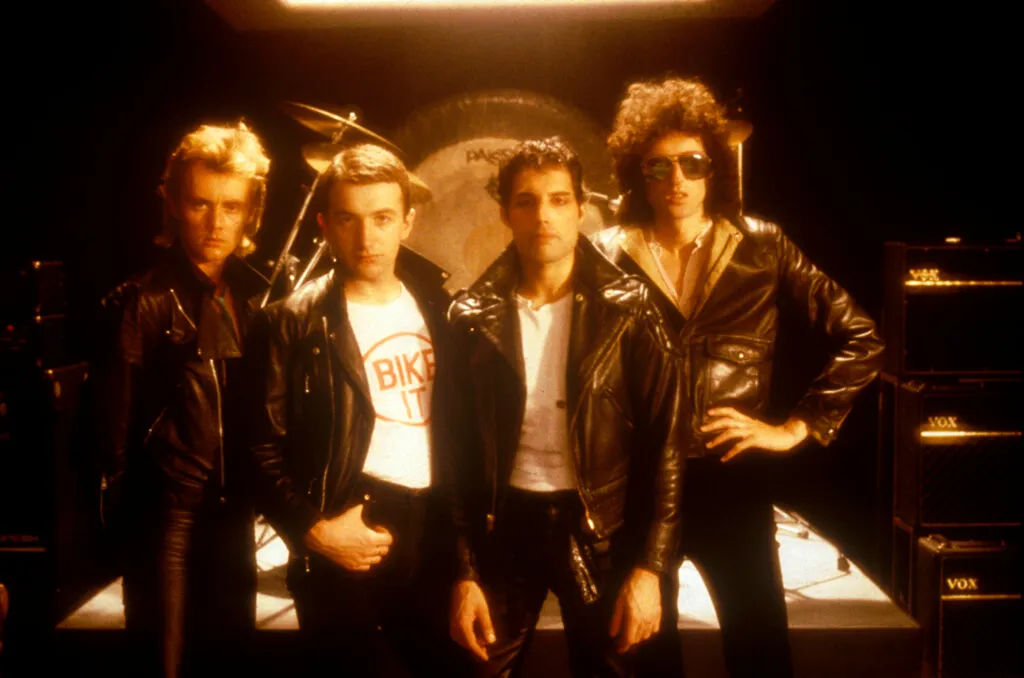
Although not known to everyone, Freddie Mercury used the skills he learned in art school to create the iconic queen logo. The logo combines all four zodiac signs of the band members, two lions for Leo, a crab for Cancer, and two fairies for Virgo. The lions embrace the stylized "Q" for Queen with flames, and the fairies taking shelter beneath the lions.
There is a crown inside of the "Q" and the entire logo sits below a phoenix. The entire symbol shares a great resemblance to the Royal coat of arms of the United Kingdom, especially with the lions.
Honored In Switzerland
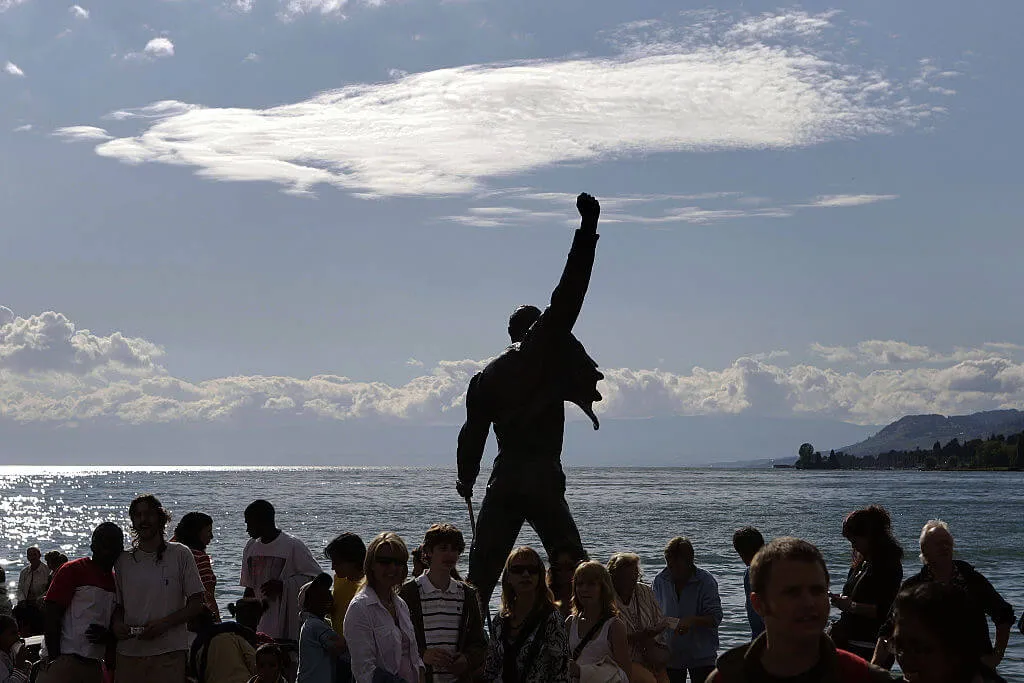
In 1996, a statue of Freddie Mercury was unveiled in Montreux, Switzerland. This statue was made by sculptor Irena Sedlecka and stands 10 feet high while overlooking Lake Geneva. The statue was unveiled by Mercury's father as well as his bandmates Brian May and Roger Taylor.
Since 2003, fans have come to visit the statue from around the world to pay tribute to Mercury a part of the "Freddy Mercury MontreuxMemoriall Day" on the first weekend of September. It is an annual event and bands frequently play there to pay homage to him.
Species Have Been Named After Him
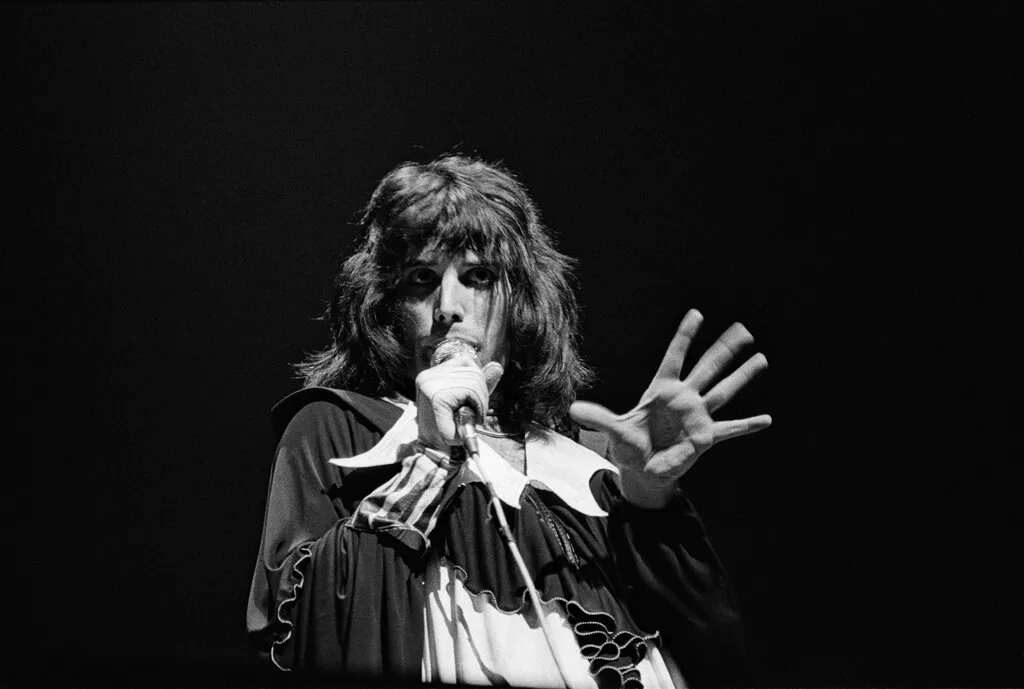
To further show tribute to Freddie Mercury's impact on the world, species have even been named after him. The frog genus Mercurana was discovered in 2013 in Kerala, India and was named in his name because his "vibrant music inspires the authors". In addition, where the frog was found was near where Mercury had grown up during his childhood. Furthermore, a new species of the genus Heteragrion from Brazil was named "Heteragrion freddiemercuryi" in his honor.
The person that named it that stated: "I name this species after Freddie Mercury, artistic name of Farrokh Bulsara (1946–1991), superb and gifted musician and songwriter whose wonderful voice and talent still entertain millions of people around the world."
Made In Heaven
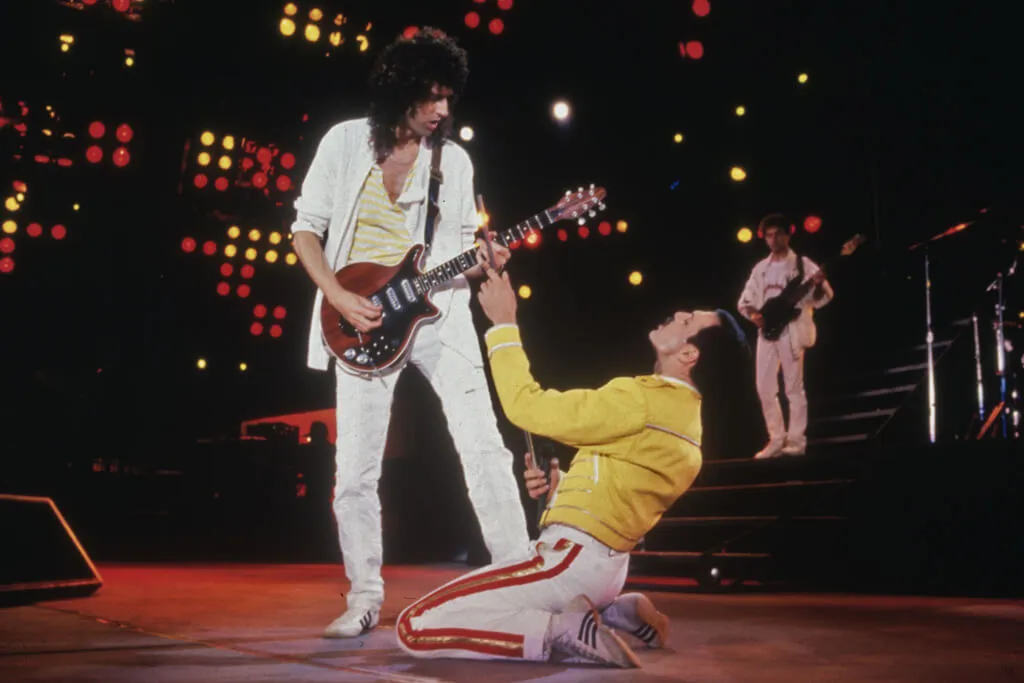
Four years after Freddie Mercury passed away from AIDS-related complications, the final remaining members of Queen compiled Mercury's final recordings into an album. The album was called "Made In Heaven" and was released in order to honor Mercury and show that he was still making music in the final days of his life.
Unfortunately, the results of the album weren't that successful as Freddie's illness had taken quite a toll on him during that time. The album seemed a little thrown together because it was, but nobody complained about hearing Mercury's voice once again.
The Last Songs Ever Recorded

On the album Made In Heaven, songs such as "Too Much Love Will Kill You," and "Heaven For Everyone." The song "Mother Love" was also included. "Mother Love" was the last recording that Freddie Mercury would ever produce before his death. Although he used a drum machine, his band members later added the instrumental. After completing the song.
Mercury told the band that he "wasn't feeling that great" and stated, "I will finish it when I come back next time”. Sadly, he never made it back into the studio, so May took it upon himself and recorded the final verse of the song
Google Gives Their Respect
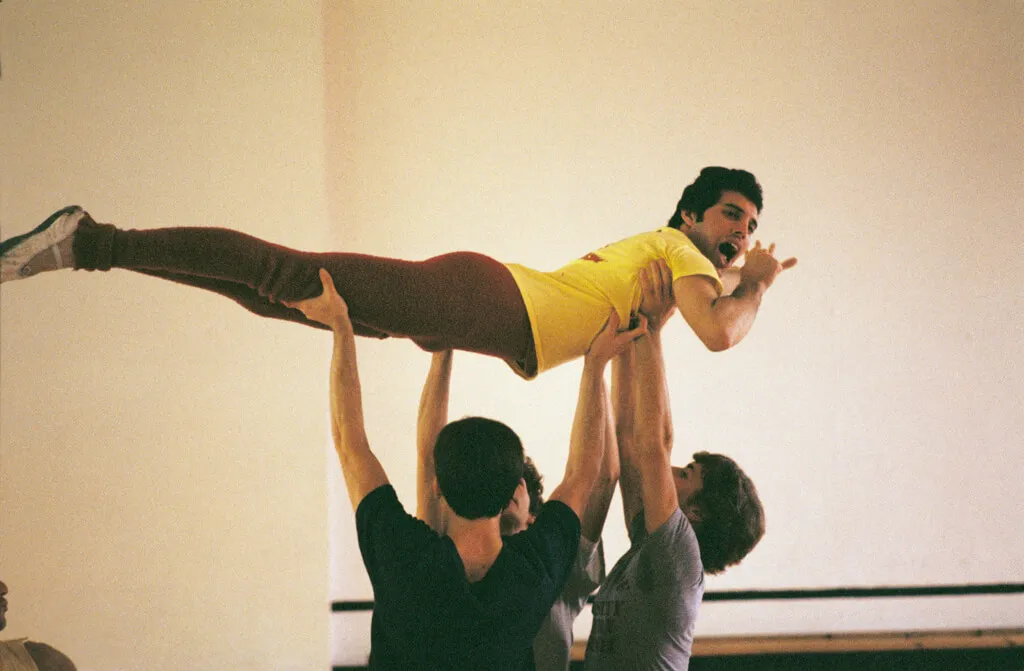
In 2011, for what would have been Mercury's 65th birthday, Google dedicated their Google Doodle to him. The doodle included an animation of him to his iconic song "Don't Stop Me Now".
Guns N' Roses even paid tribute to him in the 2012 Rock and Roll Hall of Fame acceptance speech reciting the lyrics "I've taken my bows, my curtain calls, you've brought me fame and fortune and everything that goes with it, and I thank you all" from his hit track "We Are The Champions."
Further Tributes

On September 1, 2016, an English Heritage blue plaque was unveiled at mercury's home at 22 Gladstone Ave in Feltham, West London. It was unveiled by his sister Kashmira Cooke as well as Brian May. The UK Secretary of Culture was in attendance who stated that he was "one of Britain's most influential musicians", and added he "is a global icon whose music touched the lives of millions of people around the world".
In addition, on what would have been his 70th birthday, the "17437 Freddiemercury" asteroid was named after him to honor him and his lyrics "I'm a shooting star leaping through the sky."
Portrayed In A Play
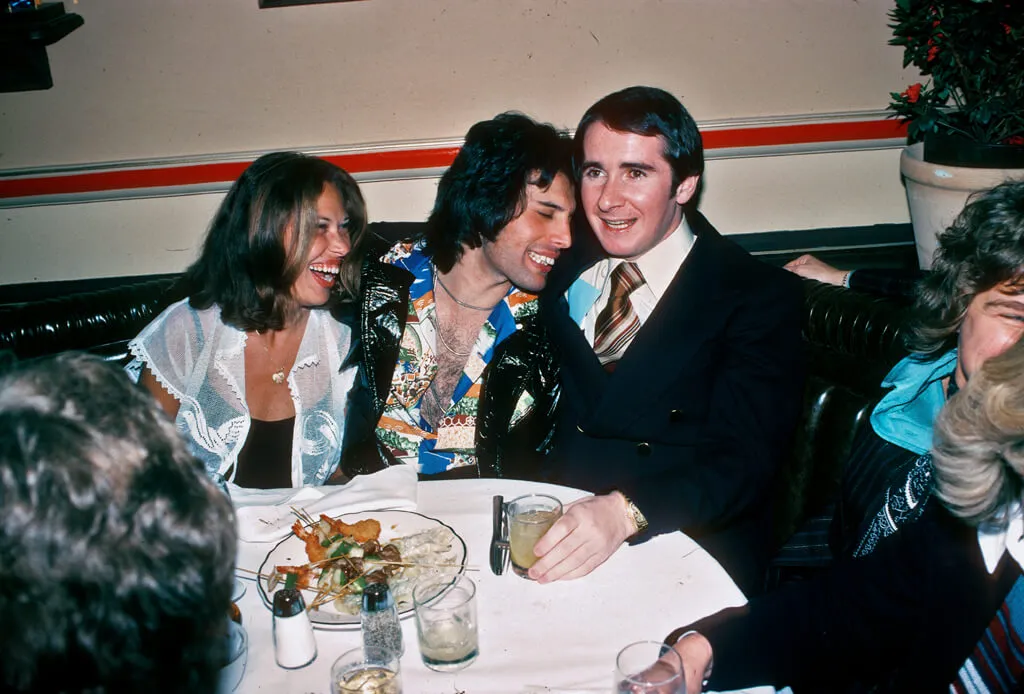
On November 24, 1997, a melodrama play took the stage that followed Freddie Mercury's life. The performance was titled Mercury: The Afterlife and Times of a Rock God and opened in New York City. The play portrayed Mercury in the afterlife, examining his own life seeking redemption and searching for his true self.
The play was written by Charles Messina and Mercury was played by actor Khalid Goncalves. For one of the shows, Billy Squire opened with an acoustic performance of a song that he had written about Mercury.
An Upcoming Biopic Will Detail Mercury's Incredible Life
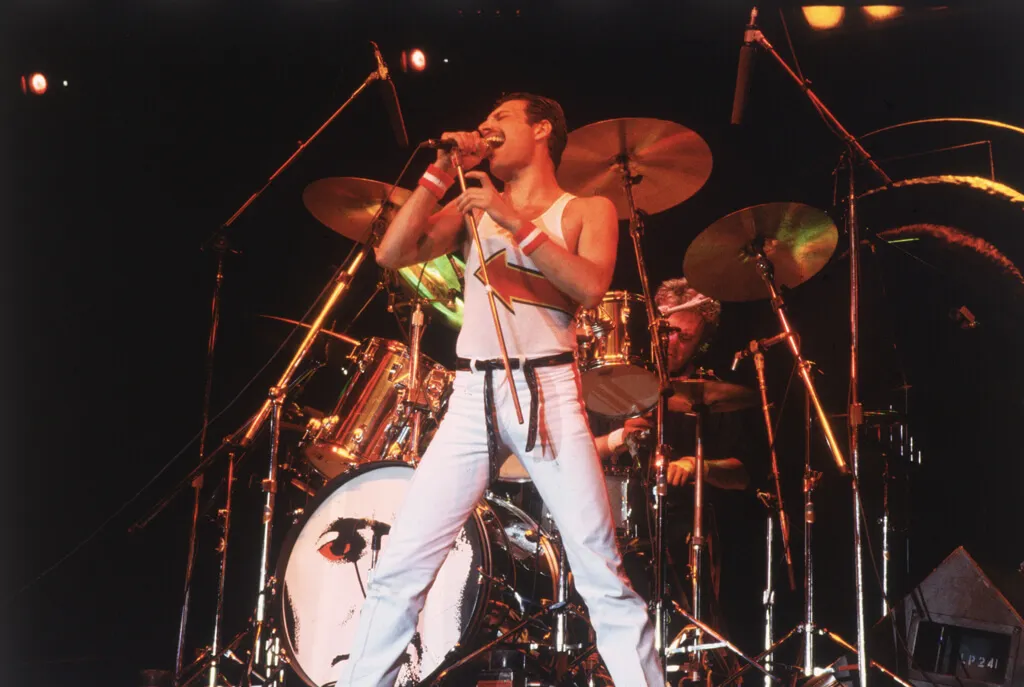
Bohemian Rhapsody is an upcoming biographical film about Freddie Mercury that starts with his childhood and leads up to Queen's Live Aid performance in 1985. The film is going to be a collaboration between Britain and the United States. It is produced by 20th Century Fox, New Regency, GK Films, and Queen Films. Written by Anthony McCarten and directed by Bryan Singer, Freddie Mercury is portrayed by actor Rami Malek along with other notable actors.
Queen founding members Brian May and Roger Taylor are also serving as producers. Filming was completed in January 2018, and the film is expected to be released in the UK on October 24, 2018, and in the United States on November 2.









